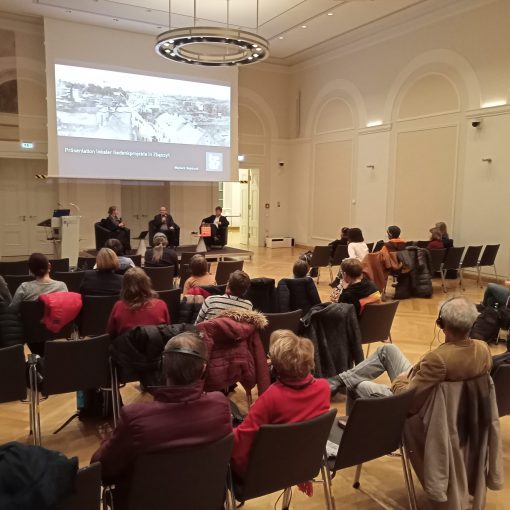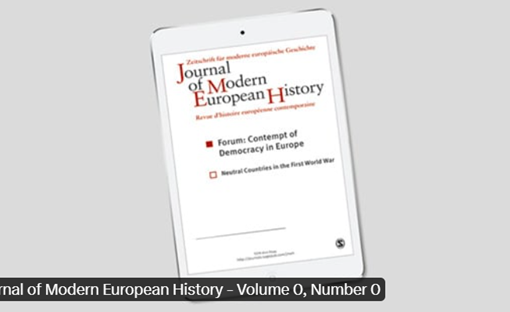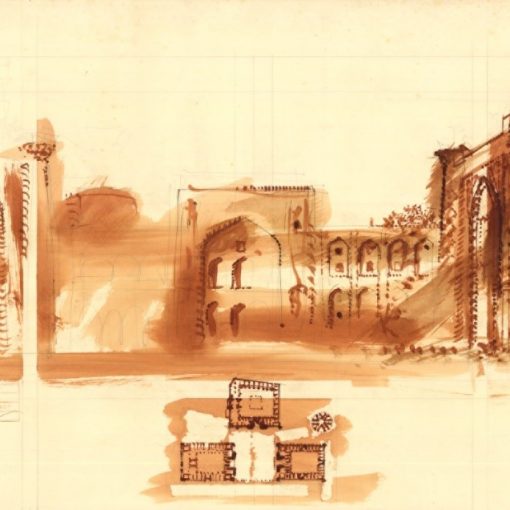In December 2019, the Unlikely Refuge? team met at Polin Museum in Warsaw to discuss various aspects of space and border in refugee studies. Forced migration is intrinsically connected to space as it entails displacement, leaving home, the challenges of traversing long distances and arriving somewhere else. This new place, especially upon crossing the border, imposes a new legal status or removes rights. In the latter case, it leaves migrants stateless and undocumented, often subjecting them to detainment and control, which are measures not much different from those applied against law offenders. Research increasingly concentrates on how borders become more and more de-materialized. Instead of posing a spatial, physical obstacle to bypass, it becomes a legal challenge in the first place.
During our session, we based our debate on readings that focused on various types of refugee spaces as well as methodological starting points. Thus, based on the research in the social construction of space, we examined refugee camps, borders and borderlands as well as the local production of asylum. Such approaches bring inspiration for our research in the sense that they enable us to depart from national frameworks and focus on microhistorical and transnational studies, allowing to consider the interactions of various actors as well as the agency of individuals in single refugee spaces. In terms of methods, we touched upon the Agambenian take on refugee spaces and discussed approaches provided by the concept of migration regimes.
Readings:



